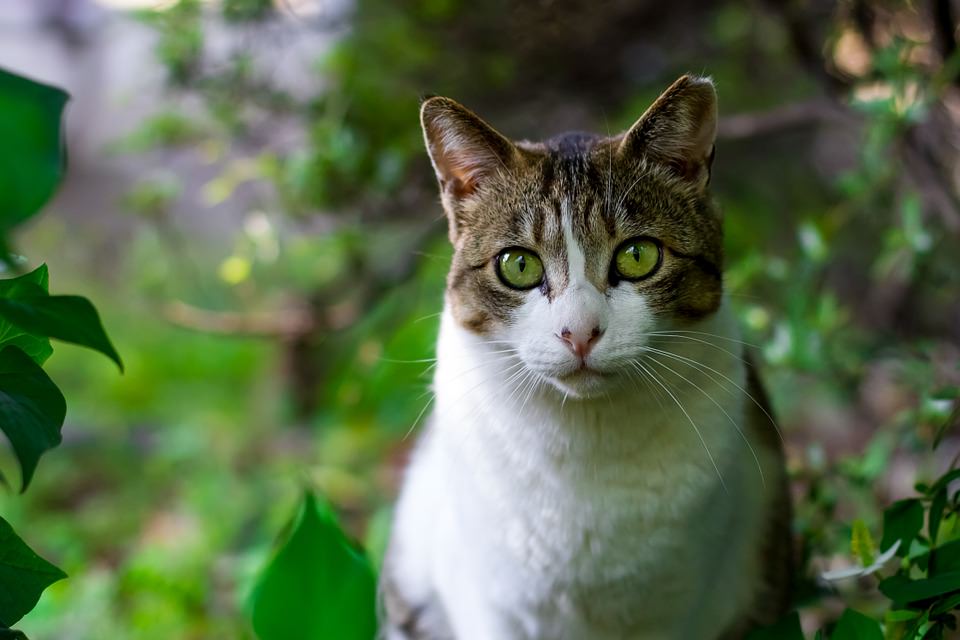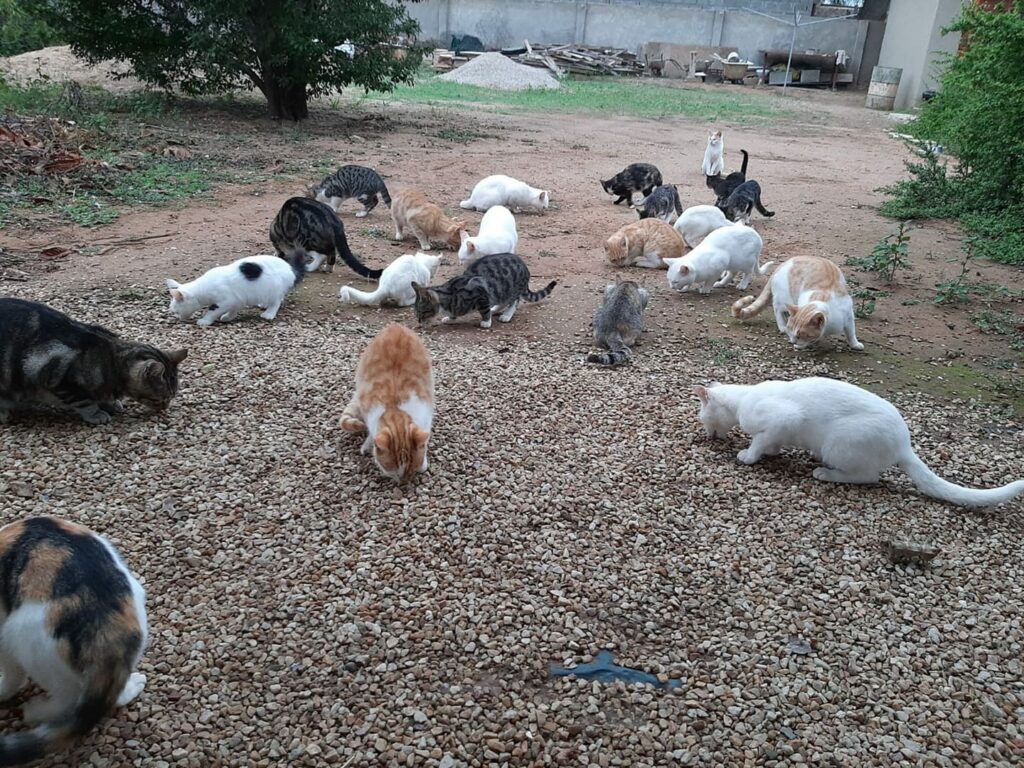

“Data comes to me, and I’m able to plot them on the map and begin to examine patterns in cat distribution throughout the city,” Luscier said. A final screen allows users to add in any additional comments before submitting the data. Is the cat resting? Walking? Chasing something? Does it have prey in its mouth? The app notes the phone’s GPS location. Users can log how many cats they see, what behaviors they witness. Anyone can download the app called CatTracker for free, go around the city and record the cats they say. So Luscier set out to create a mobile app to provide some information about where cats are roaming and how many of them there are, especially in the Syracuse area. “We have evidence that this isn’t the most effective approach.” “The real question is will this have an effect on feral populations?” he said. Right now, managing cat populations often involves trapping, and neutering. The problem is, cats can prey on threatened or endangered wildlife species, including small mammals and birds. In North America, they’re the most abundant carnivore roaming the landscape. Now, the International Union for Conservation of Nature considers them the world’s most invasive species, he said.

Once valued by farmers to control pests, cats have gone feral, Luscier said. “That’s important to think about, because this incredible predator has now become feral and free-roaming about the landscape, resulting in it being an invasive species.” “The cat is a pretty impressive animal anatomically, physiologically, ecologically,” said Jason Luscier, an associate professor of biological and environmental sciences at Le Moyne College in Syracuse, New York, during an oral presentation at The Wildlife Society’s virtual annual conference. Right from your smart phone, you can help provide information about where feral cats are found to managers and conservationists trying to protect species that may be prey to the expansive, invasive species.


 0 kommentar(er)
0 kommentar(er)
